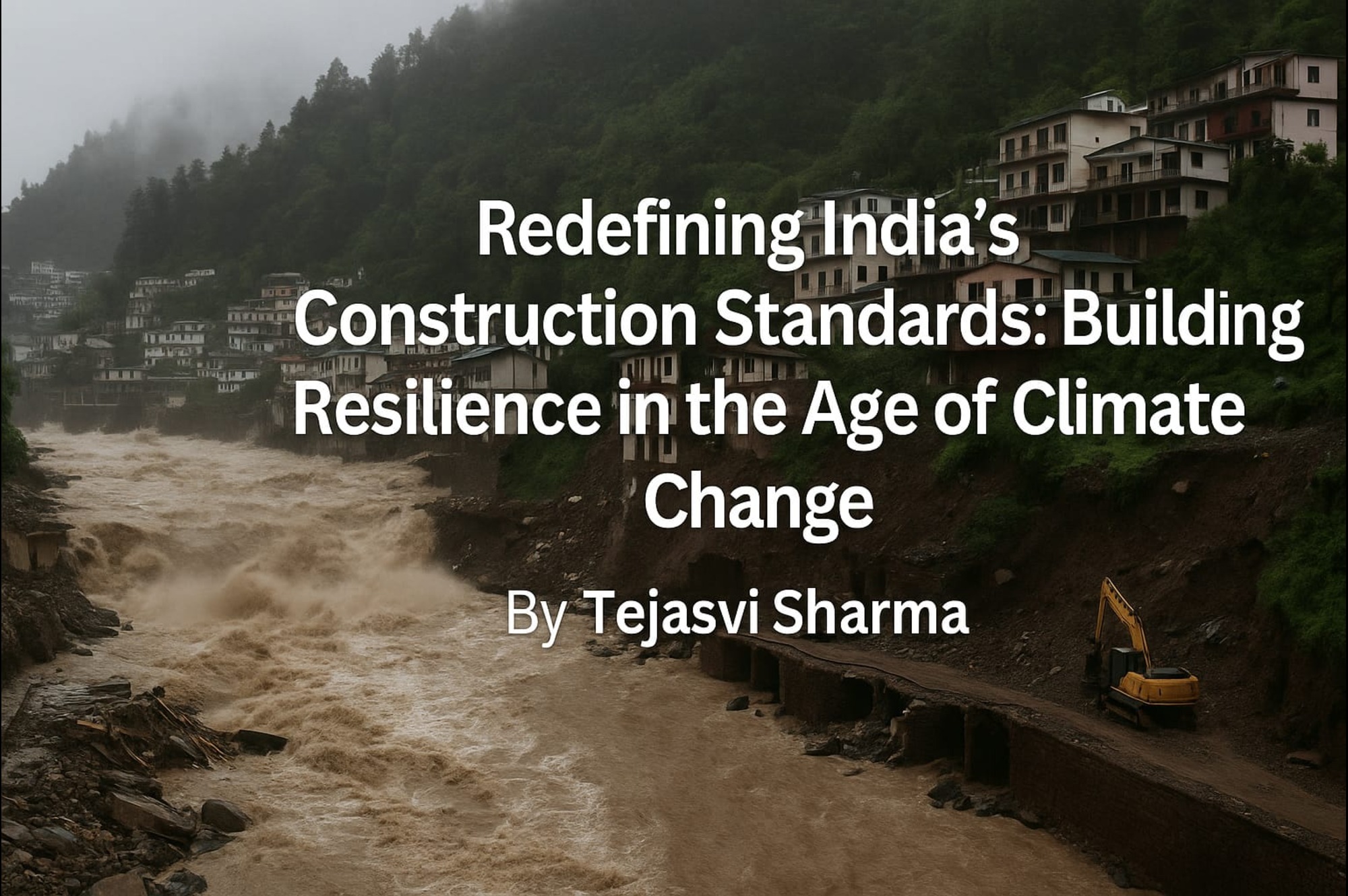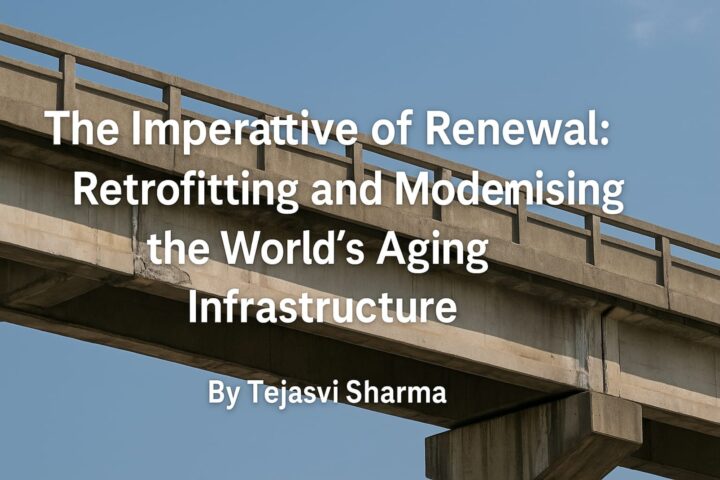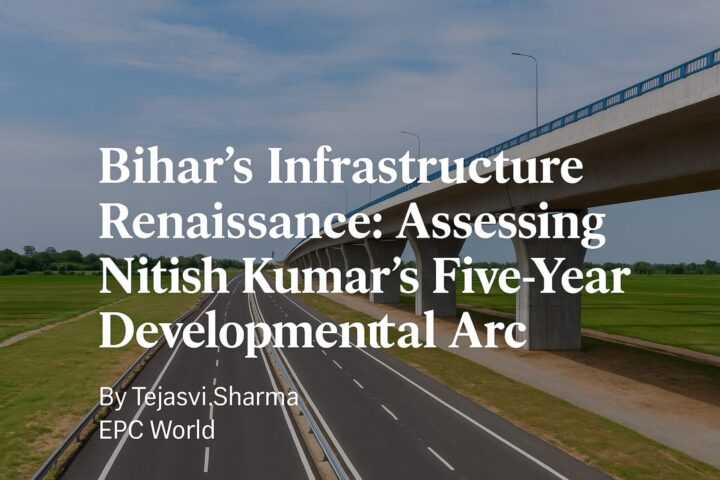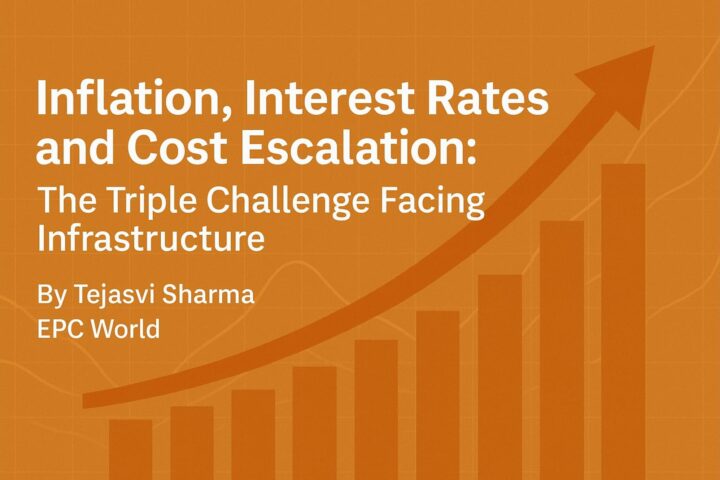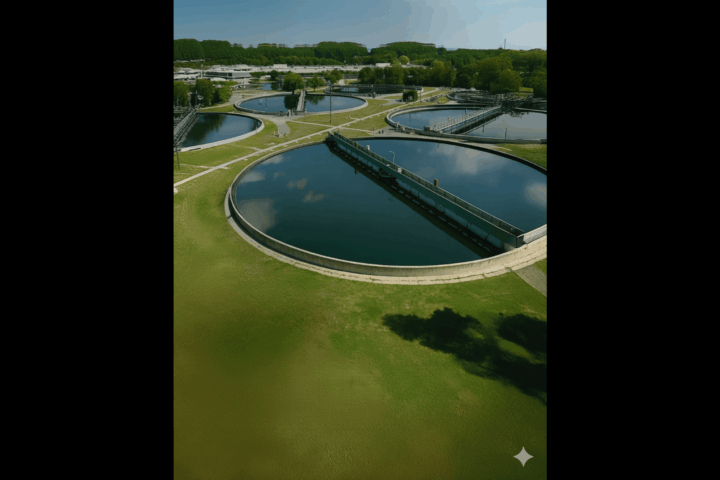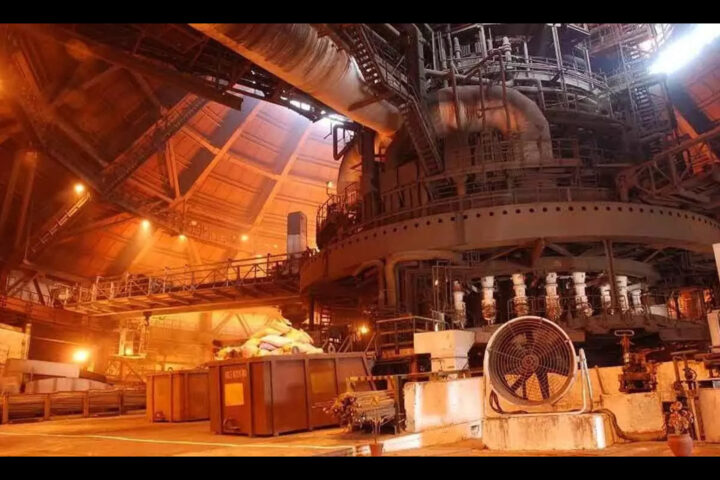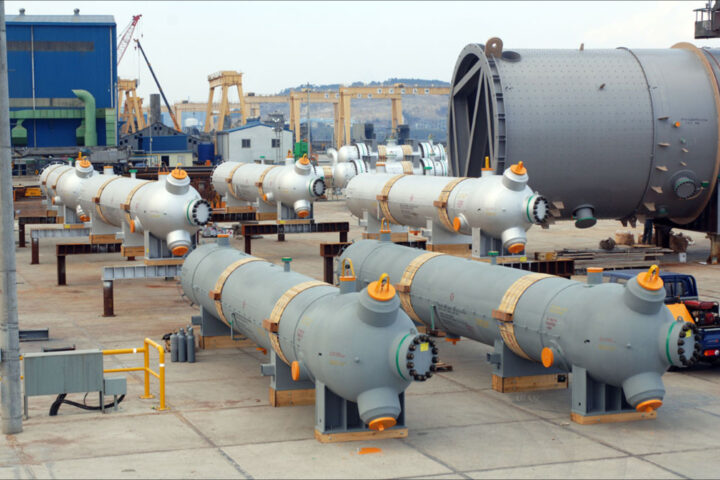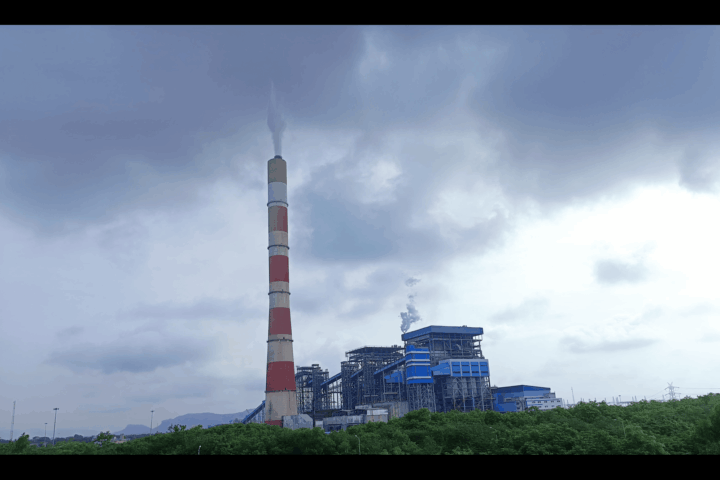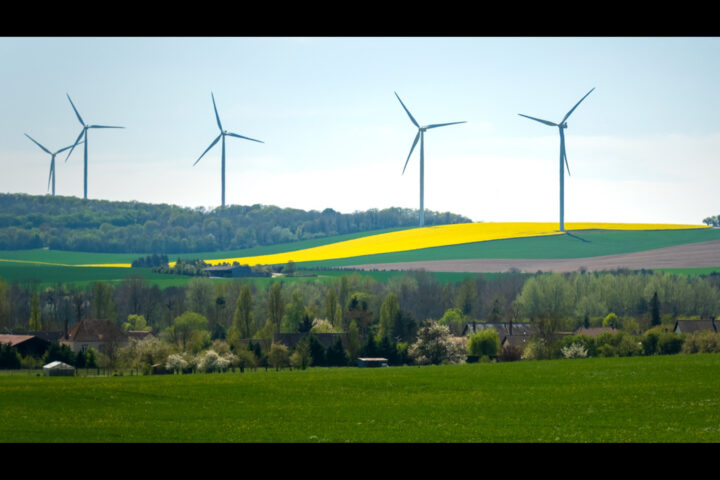by Tejasvi Sharma, Editor-in-Chief, EPC World
Every year, the Himalayan and north-eastern states of India are battered by floods, cloudbursts, and landslides—events that were once rare but have now become seasonal calamities. The scale of devastation, from Himachal Pradesh’s flash floods to the recurring crises in Uttarakhand and Sikkim, underscores a pressing truth: India’s existing construction standards and regulatory frameworks are inadequate for the realities of a rapidly changing climate.
It is no longer enough to blame “nature’s fury.” The real challenge lies in outdated building codes, lax enforcement, and unscientific urban planning. If India seeks to protect both human life and economic assets in its fragile hill regions, the nation must urgently redefine construction standards, upgrade planning protocols, and enforce robust implementation mechanisms.
The Fragility of India’s Hilly States
Hilly states present unique topographical and ecological challenges. Unlike the plains, where floodwaters can disperse, mountainous regions amplify risks. Steep gradients accelerate water runoff, fragile geology increases landslide susceptibility, and deforestation worsens soil instability. Yet construction practices in these regions often mirror those of metropolitan plains—with little consideration for local vulnerabilities.
- Unregulated hill-cutting for roads and housing destabilizes slopes.
- Concrete-intensive urbanization blocks natural drainage channels.
- Hotels, homestays, and residential complexes mushroom along riverbanks, violating floodplain norms.
- Ad hoc approvals by municipal authorities ignore geotechnical studies and disaster mapping.
The result: when climate-induced extreme rainfall strikes, entire settlements collapse, bridges are washed away, and vital infrastructure such as power plants and highways suffer catastrophic damage.
Why India Needs New Construction Standards
Climate Change Reality
The Indian Himalayan Region (IHR) is one of the most climate-sensitive zones globally. The rise in intense cloudburst events, glacial lake outbursts, and erratic monsoons is no longer an exception but a norm. Construction standards designed for 20th-century weather patterns cannot safeguard against 21st-century climate extremes.
Disaster-Prone Terrain
Over 60% of India’s hilly states fall under high seismic zones (IV and V), yet many buildings are neither earthquake-resistant nor designed for slope stability. Current Indian building codes (IS Codes) provide guidelines for seismic resilience, but enforcement remains poor, leaving communities vulnerable.
Urbanisation Pressure
Tourism-driven urbanisation has overwhelmed towns such as Manali, Shimla, Gangtok, and Mussoorie. Demand for housing and commercial spaces outpaces regulatory oversight, resulting in illegal extensions, vertical expansion, and encroachments. Without revised construction norms, these urban centres will remain death traps in the face of natural disasters.
Economic Stakes
Every flood season wipes out billions in public and private infrastructure. Roads, bridges, and hydroelectric projects demand massive reinvestments. Without disaster-resilient construction practices, India’s infrastructure ambitions under Bharatmala, Char Dham Project, and regional connectivity programs risk being undermined by recurring losses.
Reworking Standards: What Must Change
Zonal and Micro-Zonal Construction Codes
One-size-fits-all building regulations cannot work in India’s diverse geographies. The Bureau of Indian Standards (BIS) must create micro-zonal construction codes specific to hilly terrain, incorporating factors such as slope gradients, soil types, and rainfall intensity.
Buildings on slopes above 30° should mandate retaining walls, slope stabilization, and deep foundations.
Riverbank construction should follow no-build buffer zones, enforced by law.
Roof designs must adapt to snow load norms in Himalayan states.
Mandatory Geotechnical Surveys
Construction permissions should only be granted after scientific geotechnical assessments of soil stability, drainage capacity, and seismic safety. Currently, most projects bypass such studies due to cost or bureaucratic leniency.
Eco-Sensitive Zoning Regulations
Urban planning must integrate disaster vulnerability maps. Construction in landslide-prone areas, floodplains, or unstable slopes should be prohibited. Instead, development should be channelled to safer zones with pre-approved layouts that incorporate natural drainage and vegetation buffers.
Resilient Building Materials & Techniques
Traditional practices—such as timber-mud construction in Himachal or bamboo-reinforced homes in the North-East—offer lessons in resilience. Modern construction standards should integrate these indigenous techniques with low-carbon materials, modular construction, and lightweight structures that minimize slope stress.
Smart Drainage Systems
Every town planning blueprint in hilly regions must integrate stormwater management systems—permeable pavements, check dams, rainwater harvesting, and diversion channels to prevent urban flooding.
Implementation: The Achilles’ Heel
Even the most robust standards will fail if implementation mechanisms remain weak. India’s real challenge is not just drafting new codes but ensuring they are applied rigorously.
Digitised Permission Systems
Construction permissions should move to transparent, digitised platforms with GIS-linked verification of slope stability, disaster maps, and compliance. This eliminates discretionary approvals by local officials.
Capacity Building of Local Authorities
Municipal engineers and town planners in hilly states often lack technical expertise in geotechnical engineering or climate science. Training programs, technical cells, and collaboration with IITs/NITs can empower local authorities to enforce codes effectively.
Community Participation
Local populations must be engaged in disaster risk awareness, construction best practices, and reporting of illegal works. Grassroots participation acts as a check against violations.
Strict Penalties for Violations
Encroachment on floodplains, illegal slope-cutting, or unauthorised vertical expansion should invite demolition and heavy fines, creating a deterrent culture.
Integration with Climate Financing
Projects that follow resilient standards should receive green financing incentives, subsidies, or insurance benefits, while violators should be denied access to institutional funding.
International Lessons for India
Japan: Mandates rigorous earthquake-resilient building codes and real-time disaster monitoring.
Switzerland: Balances alpine tourism with strict zoning laws prohibiting construction on avalanche- and landslide-prone slopes.
Norway: Integrates climate adaptation into building codes, ensuring flood-proof designs in fjord regions.
India can adapt these models to frame context-specific but globally benchmarked construction standards for its vulnerable hilly terrain.
Conclusion: Building for the Next Century, Not the Last
The floods and landslides devastating India’s hilly states each year are not acts of fate—they are predictable outcomes of poor planning and inadequate construction standards. As climate change accelerates, disasters will intensify, making today’s ad hoc development model unsustainable.
India urgently needs to transition from reactive reconstruction after disasters to proactive resilience-building through new construction codes, stricter implementation, and climate-conscious planning. Only then can the nation’s hilly states, from the Himalayas to the North-East, withstand the onslaught of climate extremes while safeguarding lives, livelihoods, and infrastructure investments.
The call for reform is clear: India must not just build more, but build smarter, safer, and stronger.


